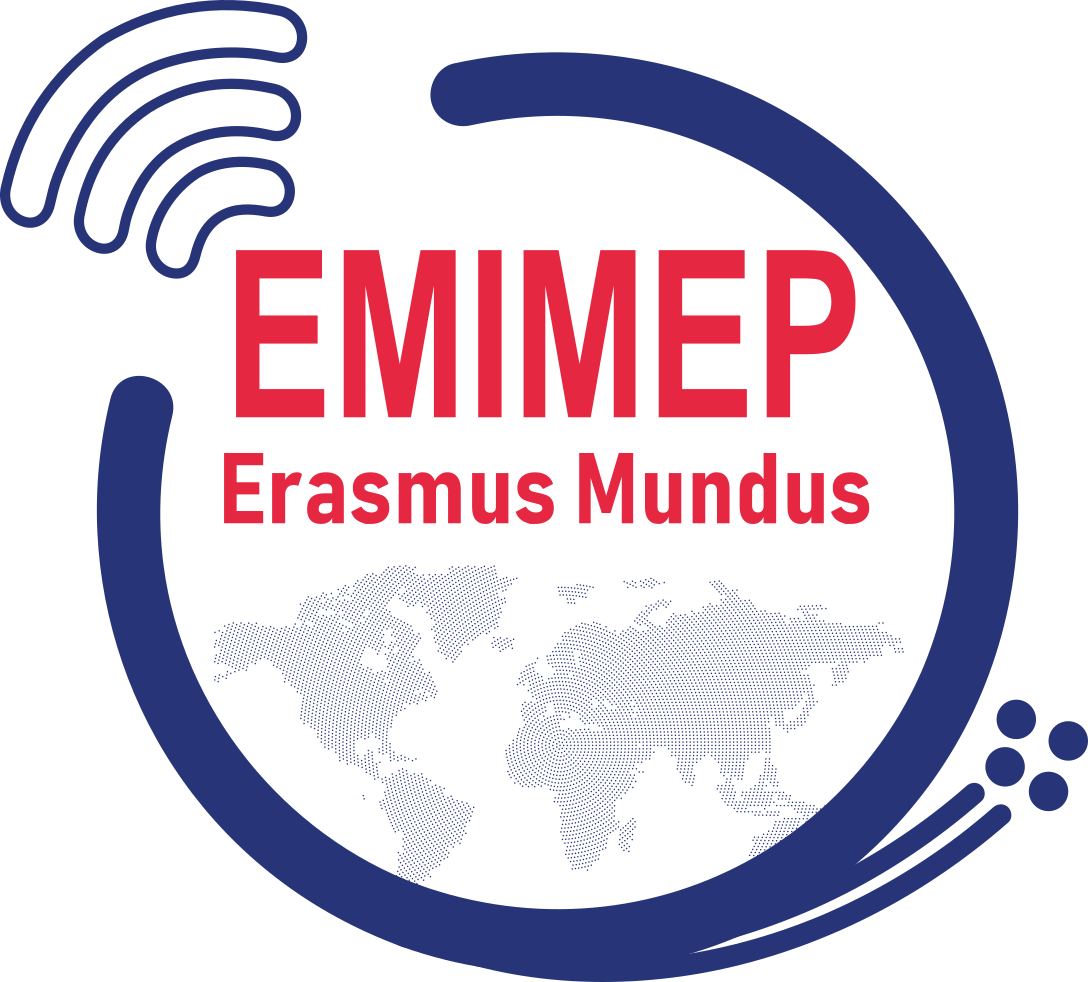
Seminar « Quantum Meta-Photonics and Extreme Space-Time Optics » by Prof. Vladimir Shalaev (Purdue University, USA)
Prof. Vladimir Shalaev (Purdue University, USA) delivered a seminar entitled. « Quantum Meta-Photonics and Extreme Space-Time Optics » on June 03rd, 2025.
Abstract. This seminar explores the emerging field of quantum meta-photonics, where engineered nanostructures and dynamic space-time modulation enable unprecedented control of light–matter interactions at the quantum level.
Bio. Shalaev is a Distinguished Professor of Electrical and Computer Engineering and Scientific Director for Nanophotonics at Birck Nanotechnology Center, Purdue University. He earned a Master of Science Degree in physics in 1979 from Krasnoyarsk State University (Russia) and a PhD Degree in physics and mathematics in 1983 from the same university. Over the course of his career, Shalaev received a number of awards for his research in the fields of nanophotonics and metamaterials, and he is a Fellow of several of Professional Societies (see the Awards, honors, memberships section below). Prof. Shalaev has co-/written three- and co-/edited four books, and authored over 800 research publications, in total. As of May 2024, his h-index is 125 with the total number of citations nearing 70,000, according to Google Scholar. In 2017-2024 Prof. Shalaev has been on the list of Highly Cited Researchers from the Web of Science Group; he is ranked #9 in the optics category of the Stanford list of top 2% World’s highest-cited scientists (career-long; out of 64,044 entries); ranked #29 in the US and #50 worldwide in the field of Electronics and Electrical Engineering by Research.com. Vladimir M. Shalaev is recognized for his pioneering studies on linear and nonlinear optics of random nanophotonic composites that had helped to mold the research area of composite optical media. He also contributed to the emergence of a new field of engineered, artificial materials – optical metamaterials. Currently, he studies new phenomena resulting from merging metamaterials and plasmonics with quantum nanophotonics.
